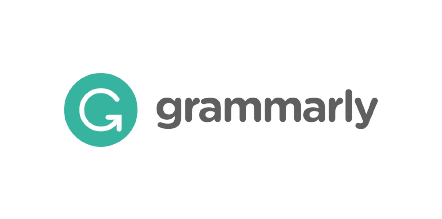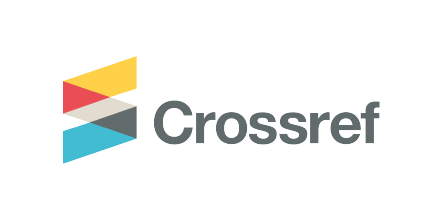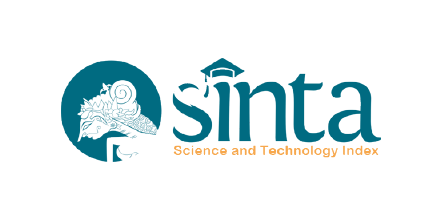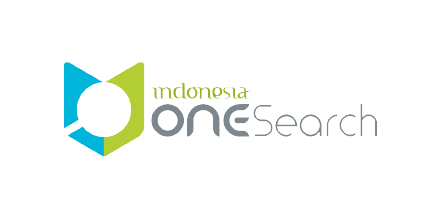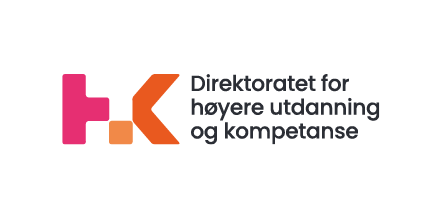Communication Behaviour of Deaf Children in SLB Negeri 1 Tabanan: Ethnographic Communication Perspective
DOI:
https://doi.org/10.21776/ub.ijds.2021.008.01.18Keywords:
Communication behavior, deaf children, special need school, communication ethnographyAbstract
The aim of the research is to identify and interpret field data on subcultures, total communication approaches, communication components forming communication events, patterns and communication skills of deaf children at the research site. Three important things have been identified in this research. First the subculture and overall communication approach of deaf children has been identified as a typical culture of deaf children in SLB Negeri 1 Tabanan. Second, the dominant communication components shaping the communication events of deaf children in SLB Negeri 1 Tabanan are (1) Settings, including the ideal distance to communicate, physical asp. The three patterns and communication skills of deaf children in SLB Negeri Tabanan identified were (1) patterns of communication between deaf children and normal people and (2) patterns of communication between deaf children and deaf children. The patterns of communication with normal people are divided into patterns of communication with older people and patterns of communication with peers.
References
Anshori, D. S. (2017). Etnografi Komunikasi: Perspektif Bahasa. Jakarta: Raja Grafindo Persada.
Berger, P. L. (1990). Tafsir Sosial Atas Kenyataan. Jakarta: Lembaga penelitian, pendidikan, dan penerangan ekonomi dan sosial. Lembaga Penelitian, Pendidikan, dan Penerangan Ekonomi dan Sosial.
Brenneis, D. (2020). No Title. Language in Society, 16(1), 111-113. http://www.jstor.org/stable/4167818
Ibrahim, A. S. (1994). Panduan penelitian etnografi komunikasi. Surabaya: Usaha Nasional.
Indonesia Kemenkes RI. (2012). Buletin Jendela Data Dan Informasi Kesehatan Semester 1.
Kuswarno, E. (2009). Fenomenologi: metode penelitian komunikasi: konsepsi, pedoman, dan contoh penelitiannya. Widya Padjadjaran.
Moleong, L. J. (2014). Metodologi Penelitian Kualitatif (Edisi Revi). PT Remaja Rosdakarya.
Mulyana, D. (2006). Metodologi penelitian kualitatif: paradigma baru ilmu komunikasi dan ilmu sosial lainnya. PT Remaja Rosdakarya.
Pujileksono, S. (2015). Pengantar Anropologi Memahami Realitas Sosial Budaya. Intrans Publishing.
Ritzer, G. (2005). Teori sosiologi modern. Prenada Media.
Salim, M. (1984). Pendidikan Anak Tunarungu (Proyek Pen). Departemen Pendidikan dan Kebudayaan.
Sendjaja, S. D., Rahardjo, T., Pradekso, T., & Sunarwinadi, I. R. (2014). Teori Komunikasi. In: Memahami Teori Komunikasi: Pendekatan, Pengertian, Kerangka Analis, dan Perspektif. Universitas Terbuka.
Sukidin, B. (2002). Metode Penelitian Kualitatif Perspektif Mikro. Surabaya: Insan Cendekia.
Zimmerman, B. J., & Martinez-Pons, M. (1988). Construct validation of a strategy model of student self-regulated learning. Journal of Educational Psychology, 80(3), 284-290. https://doi.org/10.1037/0022-0663.80.3.284
Downloads
Published
How to Cite
Issue
Section
License
Copyright (c) 2022 I Wayan Wirta, Ida Bagus Putu Supriadi, Ida Ayu Kartika Maharani

This work is licensed under a Creative Commons Attribution-NonCommercial 4.0 International License.







